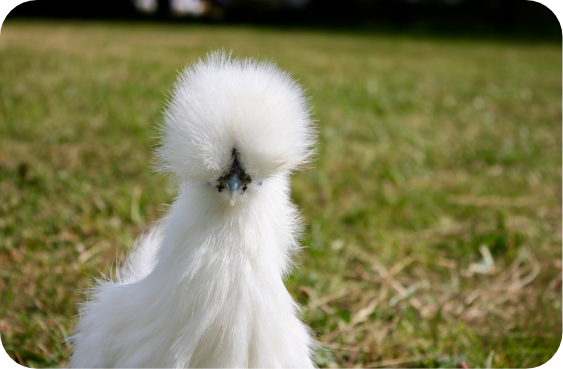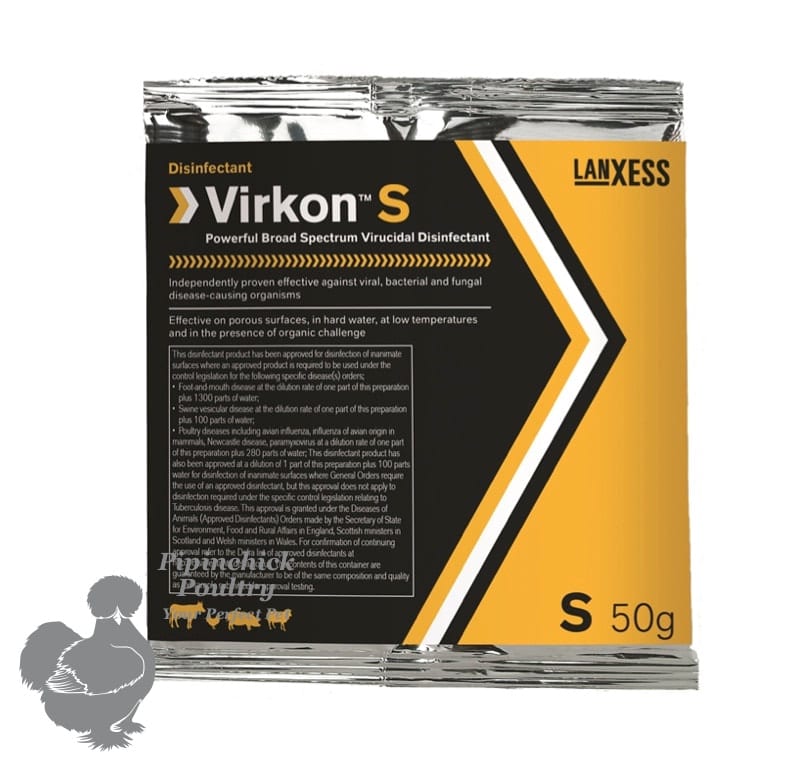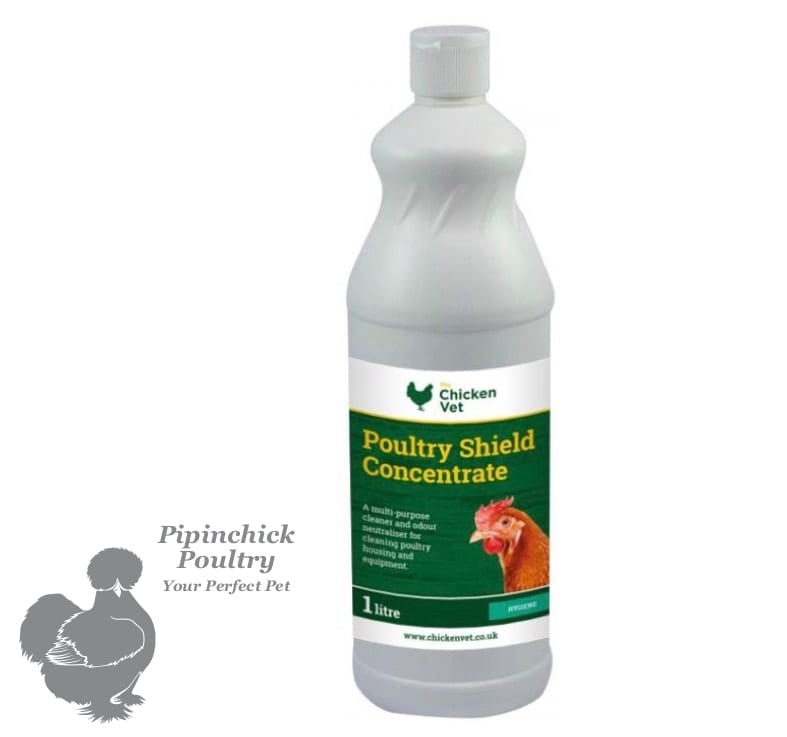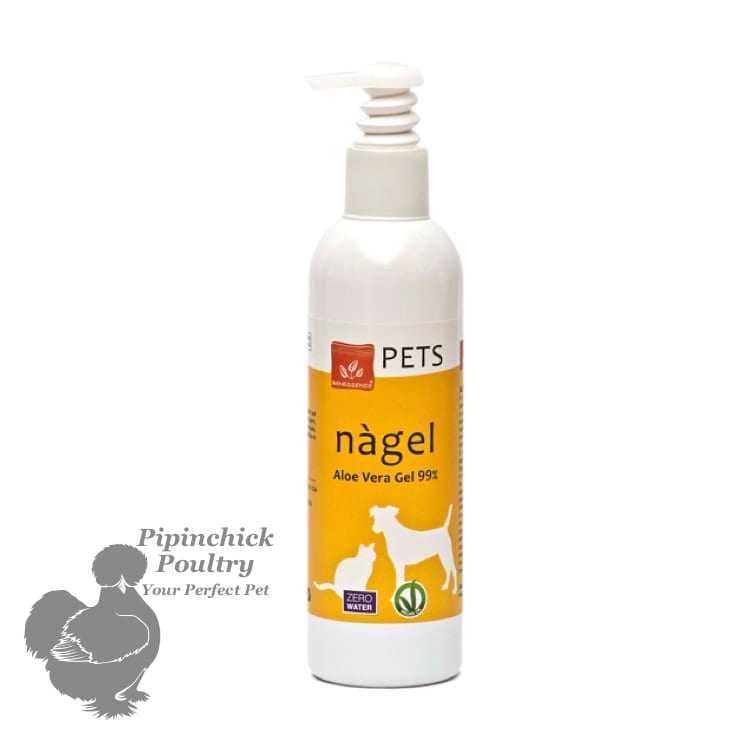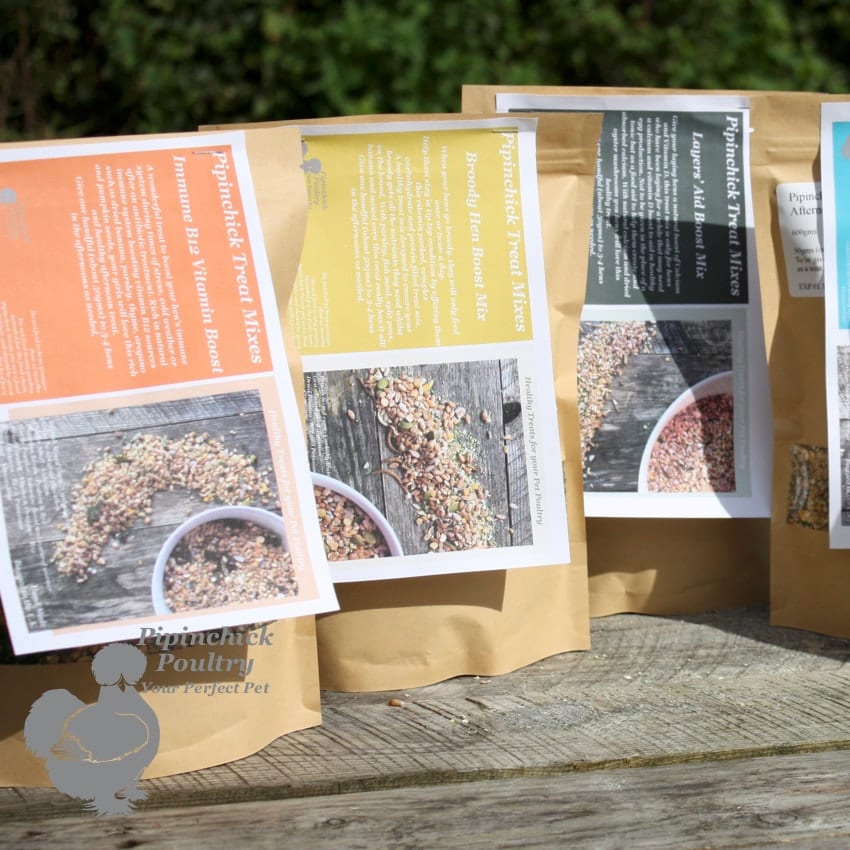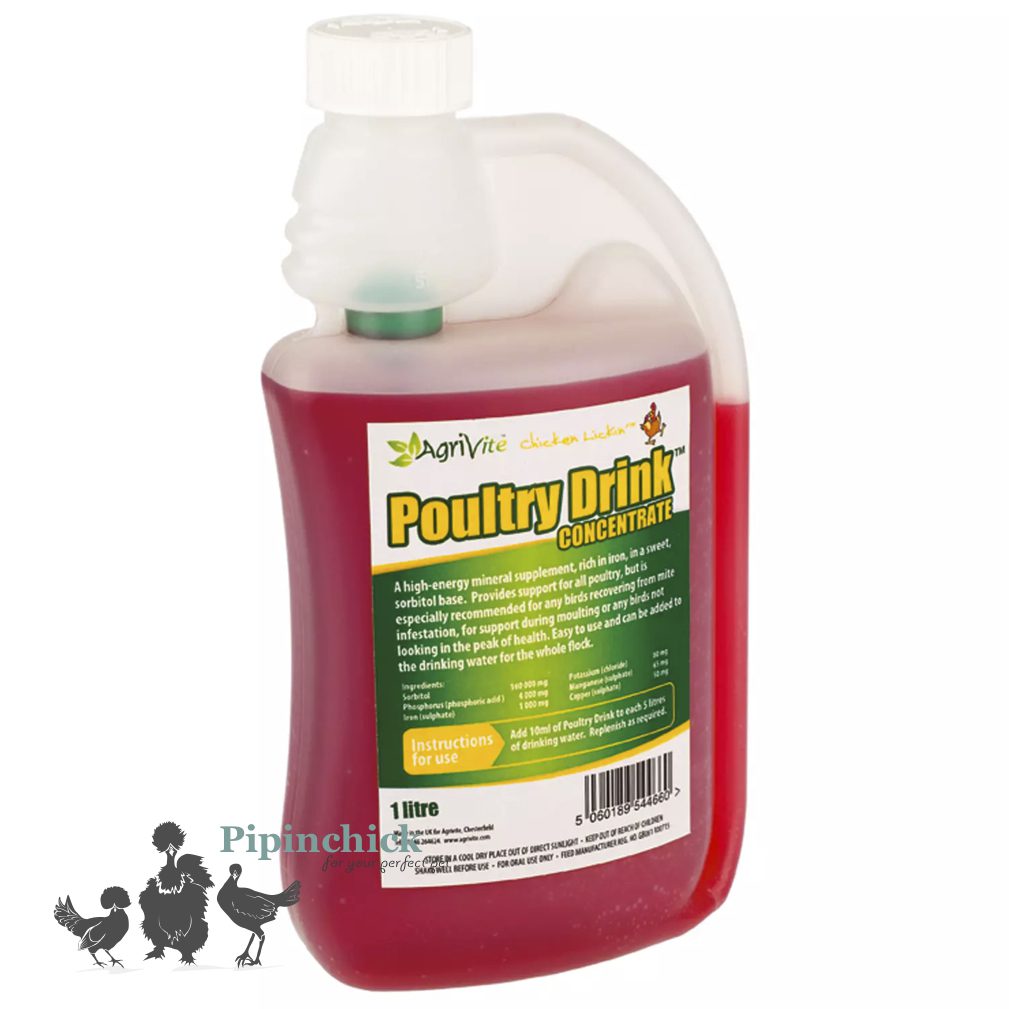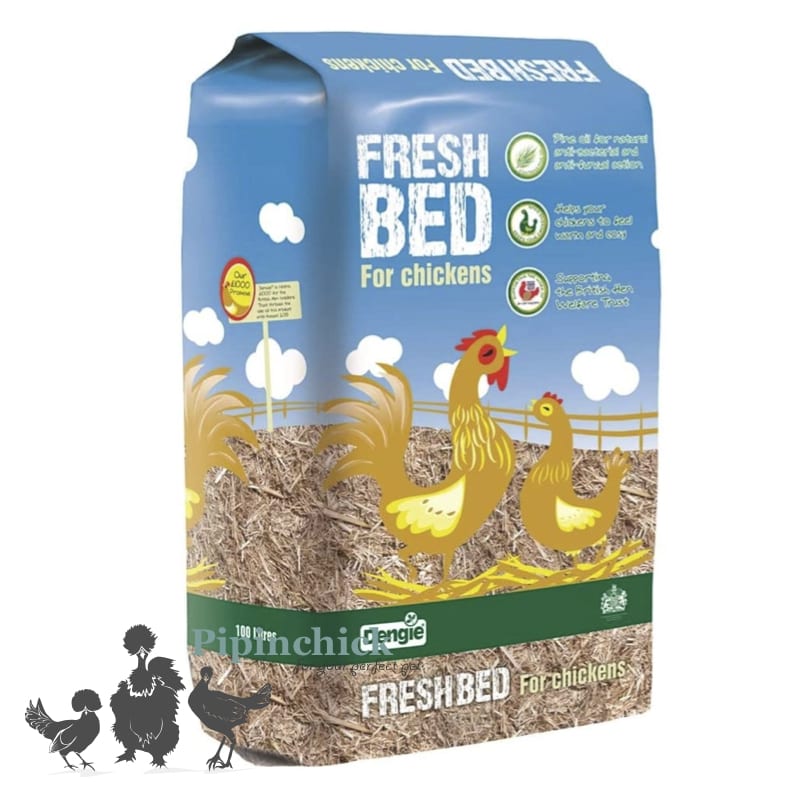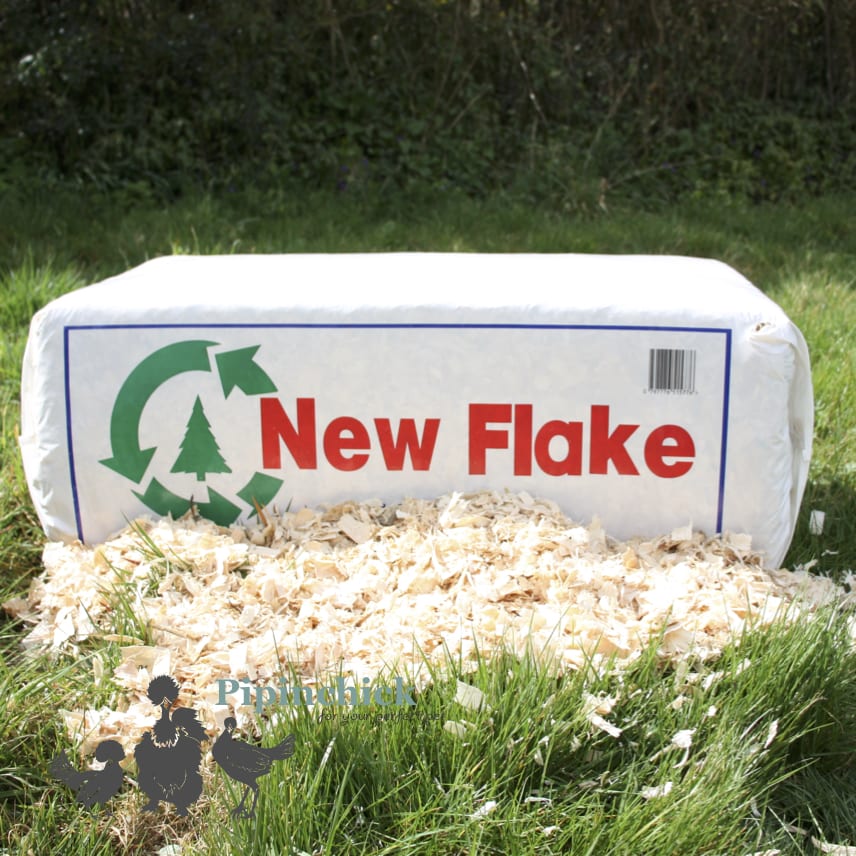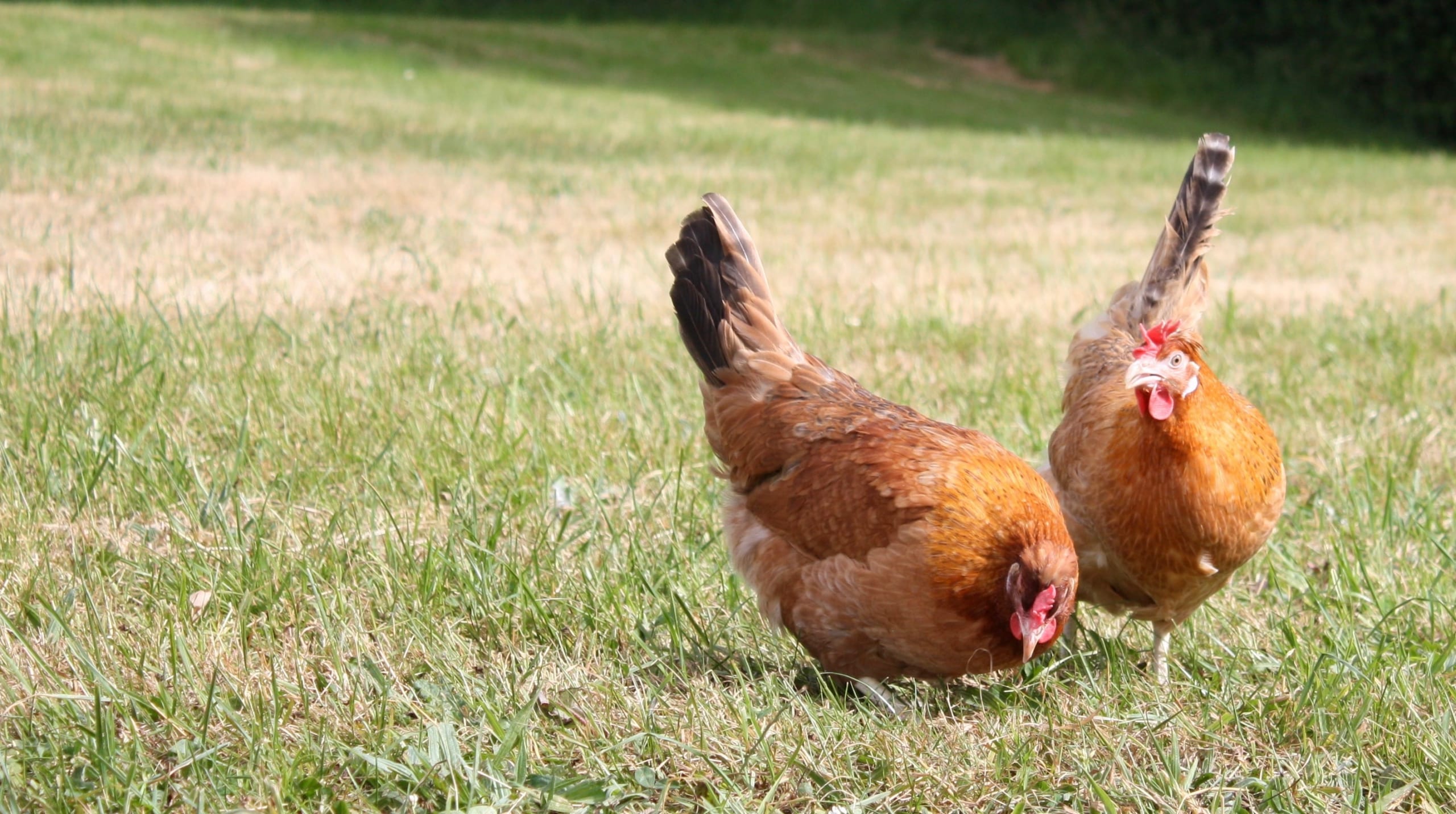



Bumble Foot
What is Bumble Foot?
Bumblefoot, or plantar pododermatitis, is caused by the introduction of a bacteria called staphylococcus. Bumble Foot is usually found at the base of the foot, but the bacteria can live on the toes, hocks and pads of a chicken’s foot. It is more common in heavier and larger chickens. The bacteria enters the chicken through a cut, scrape or scratch, it can cause a very nasty infection and is commonly seen as a swollen puss filled bulb on the chicken’s foot or a black lump.
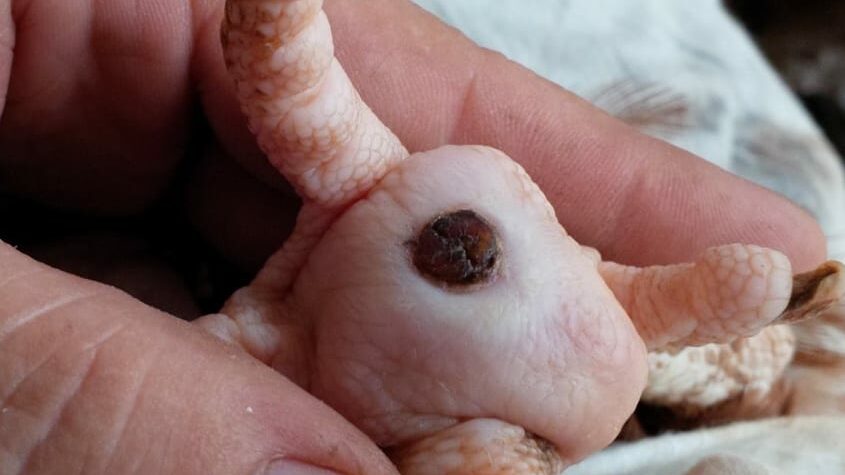
What are the main symptoms of Bumble Foot in chickens?
- Lameness, you will most likely notice that your chicken is struggling to walk and is reluctant to place their foot down opting to stand on one leg a lot more than normal.
- Limping
- Swelling, the foot, leg and hock can become swollen as bumble foot can cause inflammation in and around the infected area.
- Resting a lot more than normal, they will be reluctant to walk about and you may notice them sitting for longer periods.
- Not roosting, if you have a roosting hen you may notice they are not wanting to perch and roost as normal.
How is Bumble Foot contracted?
The cause is usually a small puncture wound or cut from the rough edge of a perch or an accidental landing on a sharp stone, this is then infected with a bacteria picked up from the ground.
How to prevent Bumble Foot?
Keeping a clean environment is one of the main ways to prevent an infection, make sure you regularly clean and disinfect your coop using our Virkon S single use sachets and good quality cleaners. Ensure your litter is freshened every 2-3 weeks and don’t let poo and muck build up in your run or coop.
Check your hens’ run and roosting areas regularly to ensure there are no sharp edges or stones etc... that could cause your hen to cut their foot.
Effective Treatment.
Bumble foot in its early stages is easily treatable at home, the first thing to do is to clean the infected area with a warm foot bath, you can use Epsom salts or a gentle solution of TCP or Iodine. Once the area has been cleaned and softened you will need to remove the dark circular cover of the initial point of the wound opening, once this is removed you will see a cheese like, yellow, hard substance, this is the infection. Infections in chickens do not become pustulant like they do in humans, the infection will resemble a yellow wax. Remove all of this from the wound, you can use tweezers and clean as you go. Once you have removed all the infection, disinfect the area again and cover with Aloe Vera gel. Aloe Vera gel is a natural antiseptic and will stimulate accelerated wound healing. Aloe Vera has potent antibacterial, antifungal, and antiviral properties and is proven to be effective against staphylococcus which is the main bacteria found to cause Bumble Foot. You will then need to cover the wound with gauze and vet tape to keep it clean as it heals, this can be tricky but is important.
Once the wound is treated repeat this process every other day. If you do not see an improvement within a couple of weeks and the scab on the foot becomes hard and black again you should consult your local vet as your hen may need a course of antibiotics and surgery to remove the infection and callus.
If left untreated Bumble foot can spread up the chicken’s leg and cause permanent lameness and even death.
Face to Face Consultation.
If you are still unsure about the health of your chickens and would like a professional opinion, we now offer live face to face consultations via Zoom, WhatsApp or Facetime, this allows us to have a face-to-face call with you and your chickens. You can show us what’s wrong and we can then offer real-time advice and care tips.
